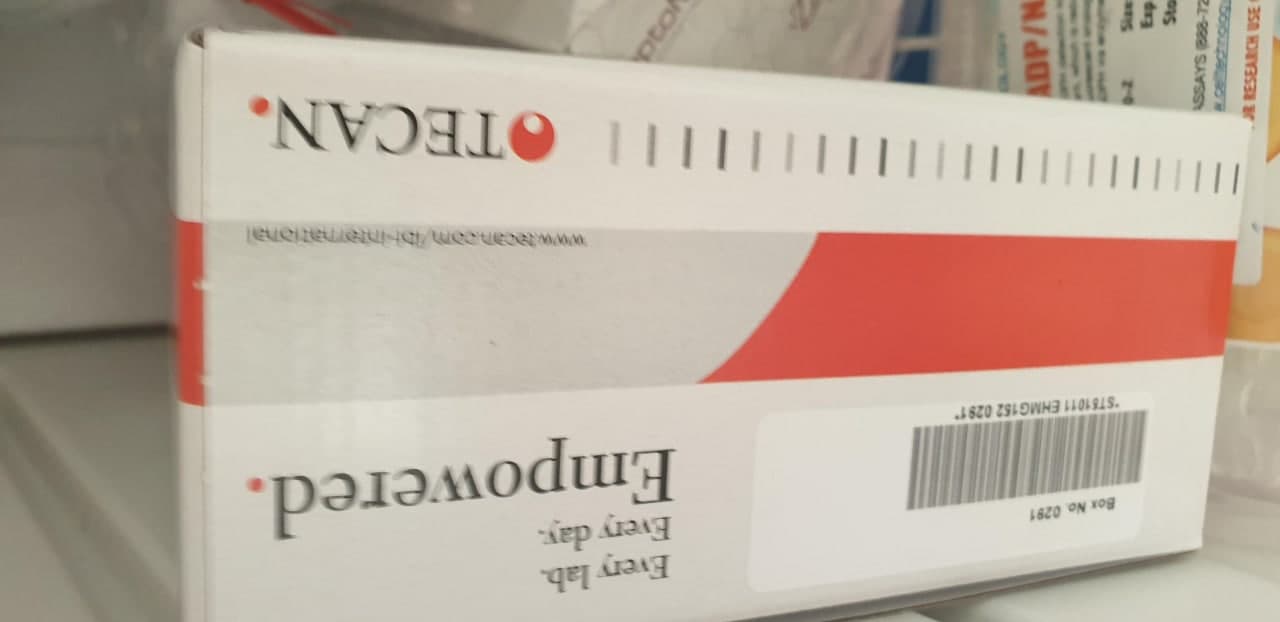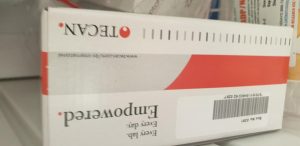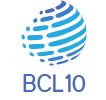
B-Cell Activating Factor Enhances Hepatocyte-Driven Angiogenesis via B-Cell CLL/Lymphoma 10/Nuclear Factor-KappaB Signaling during Liver Regeneration.
B-cell activating issue (BAFF) is discovered to be related to the histological severity of nonalcoholic steatohepatitis (NASH). BAFF was additionally discovered to have a protecting function in hepatic steatosis via down regulating the expression of steatogenesis genes and enhancing steatosis in hepatocytes by BAFF-R. However, the roles of BAFF during liver regeneration usually are not effectively outlined. In this research, C57/B6 mice with 70% partial hepatectomy have been used as a liver regeneration mannequin.
BAFF expression was decided by enzyme immunoassay, and anti-BAFF-neutralizing antibodies have been administered to substantiate the results of BAFF on liver regeneration. Western blotting, immunohistochemistry, and florescence staining decided the expression of B-cell CCL/lymphoma 10 (BCL10). The angiogenesis selling functionality was evaluated after the transfection of cells with siRNA focusing on BCL10 expression, and the function of NF–κB was assessed.
The outcomes revealed that the BAFF and BCL10 ranges have been upregulated after partial hepatectomy. Treatment with anti-BAFF-neutralizing antibodies triggered dying in mice that have been subjected to 70% partial hepatectomy inside 72 h. In vitro, recombinant BAFF protein didn’t improve hepatocyte proliferation; nevertheless, transfection with BCL10 siRNA arrested hepatocytes on the G2/M section. Interestingly, conditioned medium from BAFF-treated hepatocytes enhanced angiogenesis and endothelial cell proliferation.
Moreover, Matrix metalloproteinase-9 (MMP-9), Fibroblast development issue 4 (FGF4), and Interleukin-8 (IL-8) proteins have been upregulated by BAFF by BCL10/NF–κB signaling. In mice that have been handled with anti-BAFF-neutralizing antibodies, the microvessel density (MVD) of the remaining liver tissues and liver regeneration have been each diminished. Taken collectively, our research demonstrated that an elevated expression of BAFF and activation of BCL10/NF–κB signaling have been concerned in hepatocyte-driven angiogenesis and survival during liver regeneration.
Host CARD11 inhibits Newcastle illness virus replication by suppressing viral polymerase exercise in neurons.
Host elements play a number of important roles within the replication and pathogenesis of mammalian neurotropic viruses. However, the mobile proteins of the central nervous system (CNS) concerned in avian neurotropic virus an infection haven’t been utterly elucidated. Here, we employed a gene microarray to establish caspase recruitment domain-containing protein 11 (CARD11), a lymphoma-associated scaffold protein presenting brain-specific upregulated expression in a virulent neurotropic Newcastle illness virus (NDV)-infected pure host.
Chicken main neuronal cells contaminated with NDV appeared barely syncytial and died rapidly. CARD11 overexpression inhibited viral replication and delayed cytopathic results; conversely, depletion of CARD11 enhanced viral replication and cytopathic results in hen main neuronal cells. The inhibition of viral replication by CARD11 couldn’t be blocked with CARD11-Bcl10-MALT1 (CBM) signalosome and NF–κB signaling inhibitors.

CARD11 was discovered to work together immediately with the viral phosphoprotein (P) by its CC1 area and the X area of the P protein; this X area additionally mediated the interplay between the P protein and the viral massive polymerase protein (L). The CARD11 CC1 area and L protein competitively sure to the P protein via the X area that hindered the P-L interplay of viral RNP advanced, leading to a discount of viral polymerase exercise in a minigenome assay and inhibition of viral replication. Animal experiments additional revealed that CARD11 contributed to viral replication inhibition and neuropathology in contaminated hen brains. Taken collectively, our findings establish CARD11 as a brain-specific antiviral issue of NDV an infection in avian species.
NDV considerably impacts the poultry business worldwide and causes viral encephalitis and neurological issues, resulting in mind harm, paralysis and dying. The mechanism of interplay between this neurotropic virus and the avian CNS is basically unknown. Here, we report that host protein CARD11 introduced brain-specific upregulated expression that inhibited NDV replication, which was not attributable to CBM advanced triggered activation of its downstream signaling pathways.
The inhibitory mechanism of viral replication is thru the CARD11 CC1 area, and the viral L protein competitively interacts with the X area of P, which hampers the P-L interplay, suppressing the viral polymerase exercise and viral replication. An in vivo research indicated that CARD11 alleviated neuropathological lesions and diminished viral replication in hen brains. These outcomes present perception into the interplay between NDV an infection and host protection within the CNS and a possible antiviral goal for viral neural illnesses.
MALT1 is a crucial mediator of PAR1-driven NF–κB activation and metastasis in a number of tumor varieties.
Protease-activated receptor 1 (PAR1), a thrombin-responsive G protein-coupled receptor (GPCR), is implicated in selling metastasis in a number of tumor varieties, together with each sarcomas and carcinomas, however the molecular mechanisms accountable stay largely unknown. We beforehand found that PAR1 stimulation in endothelial cells results in activation of NF–κB, mediated by a protein advanced comprised of CARMA3, Bcl10, and the MALT1 effector protein (CBM advanced).
Given the sturdy affiliation between NF–κB and metastasis, we hypothesized that this CBM advanced may play a crucial function within the PAR1-driven metastatic development of particular strong tumors. In assist of our speculation, we reveal that PAR1 stimulation ends in NF–κB activation in each osteosarcoma and breast most cancers, which is suppressed by siRNA-mediated MALT1 knockdown, suggesting that an intact CBM advanced is required for the response in each tumor cell varieties.
We establish a number of metastasis-associated genes which are upregulated in a MALT1-dependent method after PAR1 stimulation in most cancers cells, together with these encoding the matrix transforming protein, MMP9, and the cytokines, IL-1β and IL-8. Further, exogenous expression of PAR1 in MCF7 breast most cancers cells confers extremely invasive and metastatic conduct which might be blocked by CRISPR/Cas9-mediated MALT1 knockout.
Importantly, we discover that PAR1 stimulation induces MALT1 protease exercise in each osteosarcoma and breast most cancers cells, an exercise that’s mechanistically linked to NF–κB activation and doubtlessly different responses related to aggressive phenotype. Several small molecule MALT1 protease inhibitors have not too long ago been described that would subsequently characterize promising new therapeutics for the prevention and/or therapy of PAR1-driven tumor metastasis.
